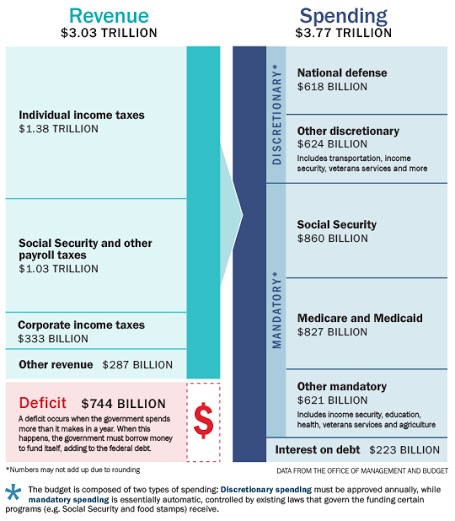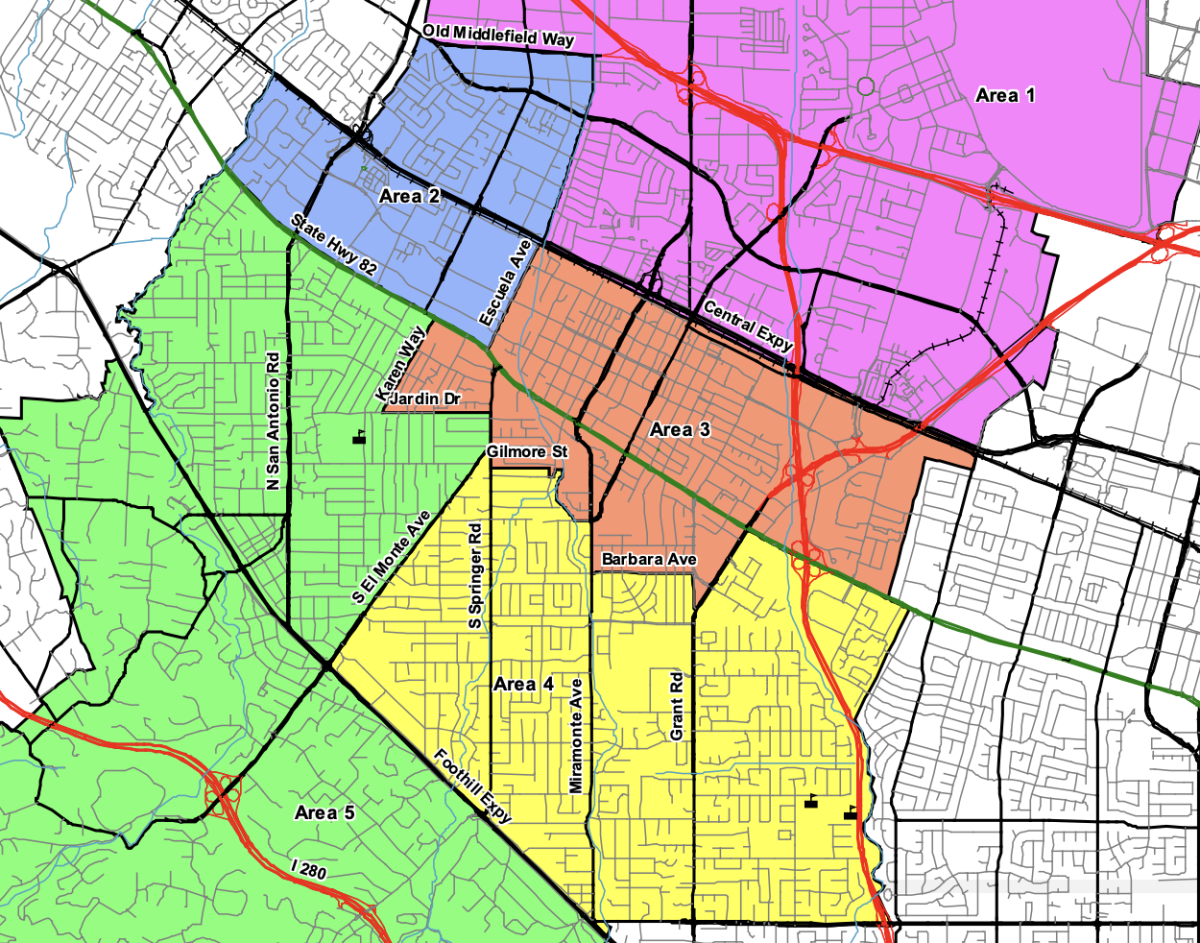With trillions of dollars to manage and countless agencies and programs to be funded, it is no wonder that the United States’ federal budget is so perplexing. But remember: The budget allocates your parents’ tax dollars—and soon yours as well. Federal distribution of funds is what empowers agencies to carry out their functions, whether they be maintaining national defense, providing social services or exploring space.
No official 2014 Federal Budget has been approved (read more about this under ‘Funding the Government’), so President Obama’s proposed 2014 budget is shown below.
Every year, the federal government is funded through a complex system called the appropriations process. The Constitution gives Congress the “power of the purse” but does not specify how to exercise that power, so over time the budgeting process has developed into what we see in Washington today.
1. President Submits Request
Each February, the President submits a proposal for a budget to Congress for the upcoming “fiscal year,” or financial year which runs from October 1 to September 30.
2. Congress Votes on Budget Resolution
The House and the Senate review the President’s request and pass separate budget resolutions which create framework spending limits for federal agencies. A joint committee negotiates to create a single version that is voted on by both chambers.
3. Congress Votes on Appropriations Bills
The House and Senate each write 12 separate appropriations bills to distribute federal money to specific programs. Again, a single bill is created for both chambers to vote on.
4. The Budget Becomes Law
The President must sign the appropriations bills after they pass Congress for the budget to become law.
How it actually happens: the budget and the government shutdown
Though the budget process is already complicated, once you throw in political parties, lobbyists and competing economic policies, it only gets more chaotic. The process is often not complete by October 1, the start of the fiscal year.
By October 1, 2013, Congress had failed to pass a budget for fiscal year 2014, and the federal government shut down many of its operations. The shutdown ended on October 17, when a bill was passed to continue to fund the government at the same levels as the previous year, effective until January 2014.
The federal government has not passed a budget according to the appropriations process since 2009. Since then, the government has been funded through “continuing resolutions,” which are a way of continuing government funding if appropriations bills have not been passed by the end of a fiscal year.










